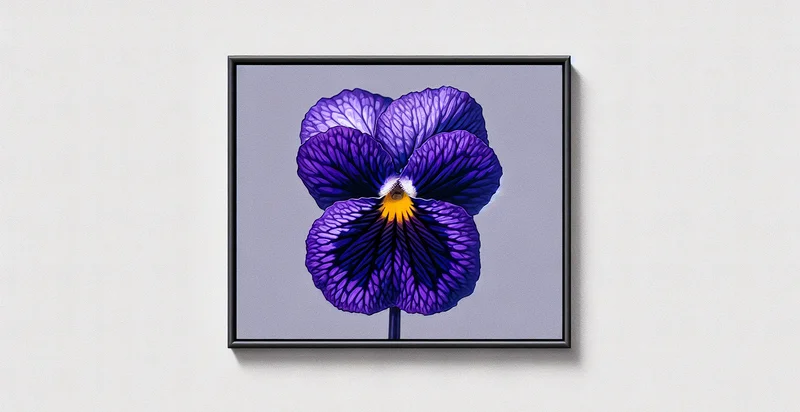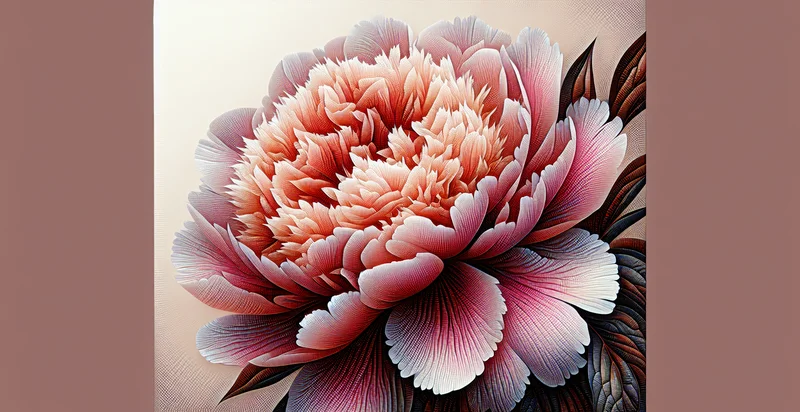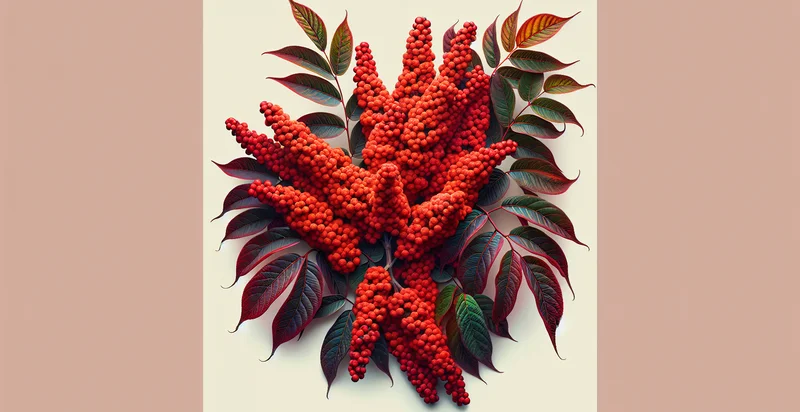Identify is this a violet
using AI
Below is a free classifier to identify is this a violet. Just upload your image, and our AI will predict if it's a violet - in just seconds.

Contact us for API access
Or, use Nyckel to build highly-accurate custom classifiers in just minutes. No PhD required.
Get started
import nyckel
credentials = nyckel.Credentials("YOUR_CLIENT_ID", "YOUR_CLIENT_SECRET")
nyckel.invoke("is-this-a-violet", "your_image_url", credentials)
fetch('https://www.nyckel.com/v1/functions/is-this-a-violet/invoke', {
method: 'POST',
headers: {
'Authorization': 'Bearer ' + 'YOUR_BEARER_TOKEN',
'Content-Type': 'application/json',
},
body: JSON.stringify(
{"data": "your_image_url"}
)
})
.then(response => response.json())
.then(data => console.log(data));
curl -X POST \
-H "Content-Type: application/json" \
-H "Authorization: Bearer YOUR_BEARER_TOKEN" \
-d '{"data": "your_image_url"}' \
https://www.nyckel.com/v1/functions/is-this-a-violet/invoke
How this classifier works
To start, upload your image. Our AI tool will then predict if it's a violet.
This pretrained image model uses a Nyckel-created dataset and has 2 labels, including No It Is Not A Violet and Yes It Is A Violet.
We'll also show a confidence score (the higher the number, the more confident the AI model is around if it's a violet).
Whether you're just curious or building is this a violet detection into your application, we hope our classifier proves helpful.
Related Classifiers
Need to identify is this a violet at scale?
Get API or Zapier access to this classifier for free. It's perfect for:
- Floral Retail Inventory Management: A floral retail business can utilize the 'is this a violet' identifier to enhance its inventory management system. By accurately identifying violets among various flowers, the system can streamline stock management, ensuring that the shop has the right quantity of each flower type available for customer demand.
- Botanical Research and Conservation: Conservation organizations can implement the identifier to monitor the presence of violets in specific habitats. This data can assist researchers in studying the distribution and health of violet populations, ultimately contributing to conservation efforts and biodiversity assessments.
- Agricultural Quality Control: Farms specializing in flower production can use the identifier during quality control processes. The system can help identify and classify violets during harvesting, ensuring that only quality specimens are packaged and sold, thereby maintaining customer satisfaction.
- Digital Gardening Assistants: Gardening apps can incorporate the identifier to provide users with personalized advice for planting and caring for violets. By accurately identifying the plant, users can receive tailored information on optimal growth conditions, pest management, and propagation techniques.
- E-commerce Product Verification: E-commerce platforms selling plants can use the identifier to verify product listings. By ensuring that violets are accurately classified in online catalogs, retailers can reduce the chances of customer return due to misidentification and improve overall customer trust.
- Environmental Monitoring: Environmental agencies can employ the identification technology to assess the impact of climate change on specific plant species, such as violets. By gathering data on violet populations and their health, agencies can better understand ecosystem changes and formulate appropriate environmental policies.
- Art and Floral Design: Floral designers and artists can leverage the identifier for inspiration and selection of violets for their arrangements or artworks. By easily identifying violets in nature or in markets, they can ensure they are using the correct type of flower to achieve their desired aesthetic outcome.


